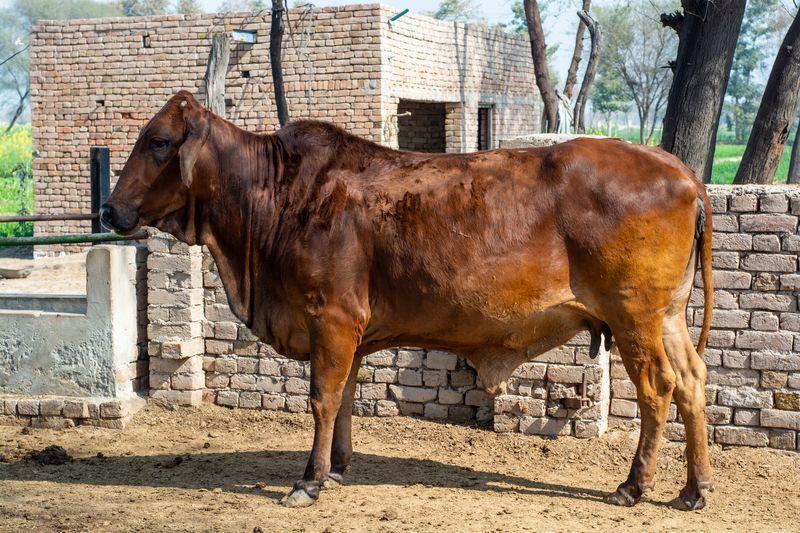
NDRI Launches Genomic Selection Plan for Sahiwal Cattle
India is one of the world’s largest milk-producing countries, with a significant portion of its dairy sector comprising small and medium-scale farmers. To enhance the genetic quality and productivity of its dairy cattle, the Indian Council of Agricultural Research’s (ICAR) National Dairy Research Institute (NDRI) has launched a groundbreaking genomic selection programme for Sahiwal cattle, one of India’s most prized indigenous dairy breeds. This innovative initiative aims to accelerate genetic improvement, milk productivity, and profitability for small and medium dairy farmers, thus revolutionizing the country’s dairy sector.
Genomic selection is a cutting-edge breeding technology that uses genetic data to predict the breeding value of an animal. This approach allows farmers to select the most genetically superior animals for breeding, leading to faster genetic improvement and increased productivity. The NDRI’s genomic selection programme for Sahiwal cattle is a significant step forward in the country’s dairy research, as it will enable farmers to make informed decisions about breeding and selection, ultimately leading to better milk yields and improved profitability.
The Sahiwal cattle breed is renowned for its exceptional milk production, heat tolerance, and adaptability to various climatic conditions. Originating from Pakistan, this breed has been widely adopted in India, where it has proven to be an excellent choice for dairy farming. However, the breed’s genetic potential has not been fully utilized due to the lack of a structured breeding programme.
The NDRI’s genomic selection programme for Sahiwal cattle involves the collection of genomic data from a large number of animals, which will be used to identify the most genetically superior individuals. This data will be generated using next-generation sequencing technology, which allows for the rapid analysis of an animal’s DNA. The genomic data will be combined with phenotypic data, such as milk production and fertility records, to create a comprehensive database of the breed’s genetic makeup.
Once the database is established, farmers will be able to access the genomic information to select the most genetically superior animals for breeding. This will enable them to make informed decisions about breeding and selection, leading to faster genetic improvement and increased productivity. The programme will also provide farmers with access to high-quality breeding stock, which will be sourced from the best-performing animals in the database.
The NDRI’s genomic selection programme for Sahiwal cattle is expected to have a significant impact on the country’s dairy sector. By accelerating genetic improvement and increasing milk productivity, the programme will enable small and medium dairy farmers to increase their profitability and compete more effectively in the market. Additionally, the programme will help to conserve and improve the Sahiwal breed, which is an important part of India’s indigenous dairy heritage.
The launch of this programme is a testament to the NDRI’s commitment to advancing dairy research and development in India. The institute has a long history of conducting research on dairy cattle breeding and genetics, and its scientists have made significant contributions to the development of the country’s dairy sector. The genomic selection programme for Sahiwal cattle is a natural extension of this research, and it is expected to have a lasting impact on the country’s dairy industry.
In conclusion, the NDRI’s genomic selection programme for Sahiwal cattle is a groundbreaking initiative that has the potential to revolutionize the country’s dairy sector. By accelerating genetic improvement, increasing milk productivity, and enhancing the profitability of small and medium dairy farmers, the programme will play a vital role in promoting sustainable dairy development in India. As the country continues to evolve and grow, it is essential that its dairy sector is equipped with the latest technologies and innovations to meet the growing demands of its citizens.
Source:






